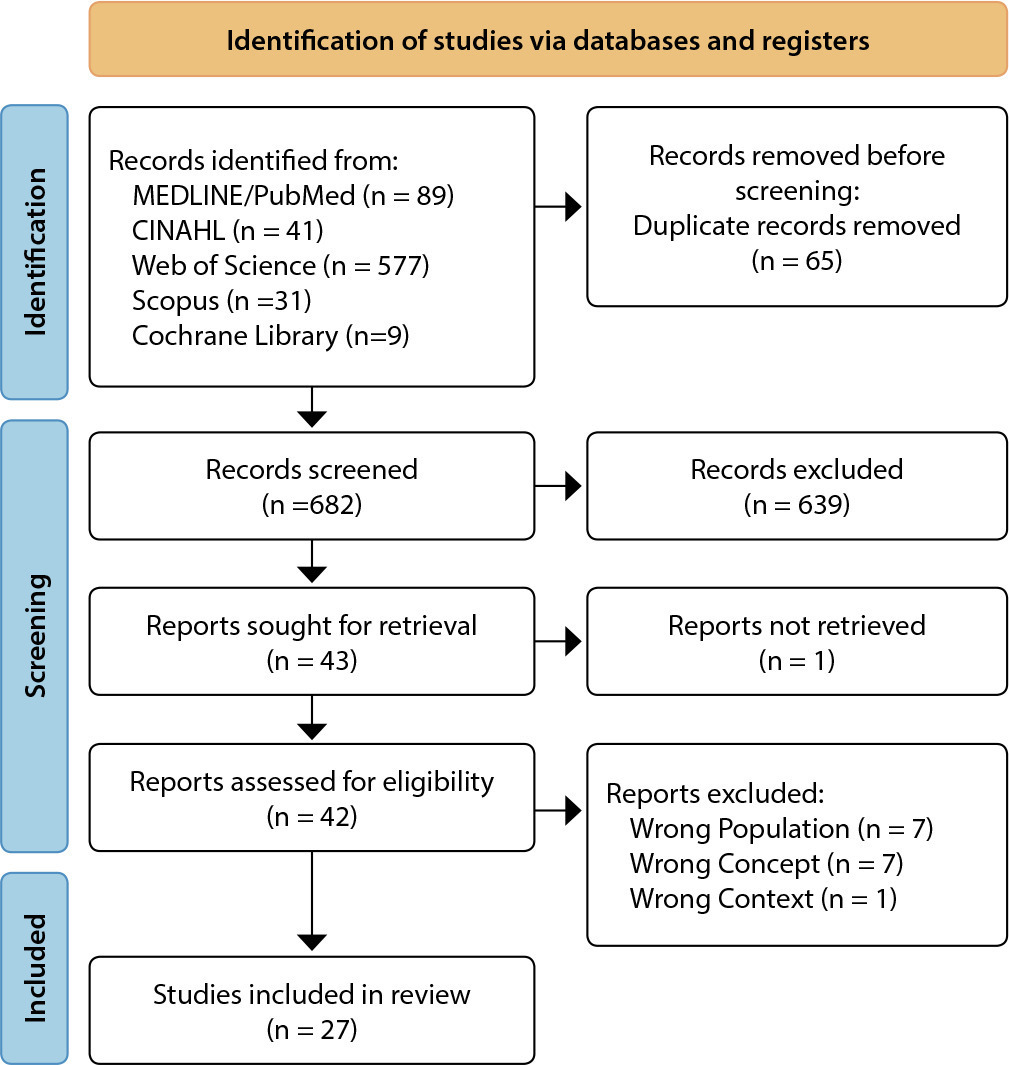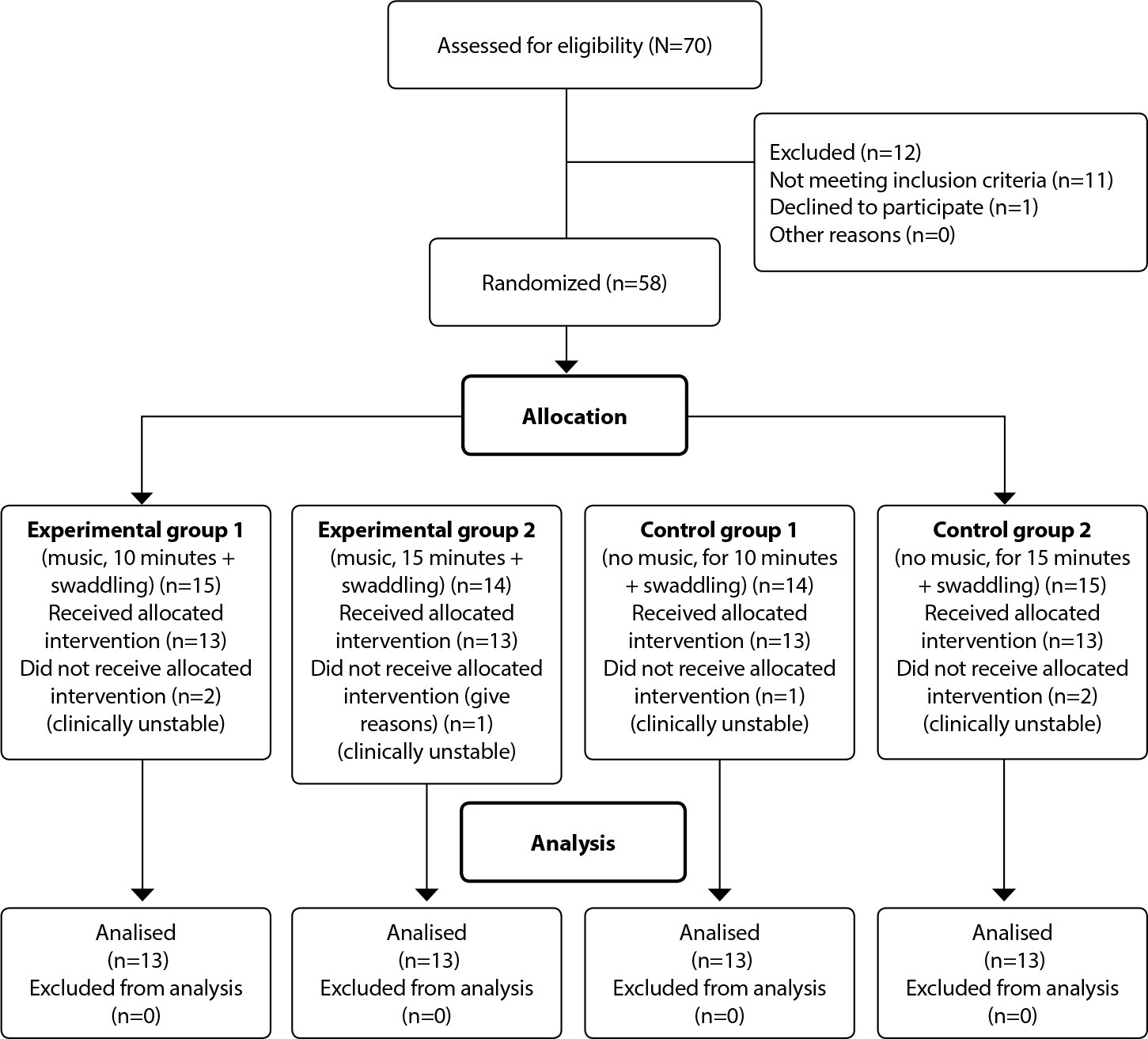-
REVIEW05-13-2024
Stunting predictors among children aged 0-24 months in Southeast Asia: a scoping review
Revista Brasileira de Enfermagem. 2024;77(2):e20220625
Abstract
REVIEWStunting predictors among children aged 0-24 months in Southeast Asia: a scoping review
Revista Brasileira de Enfermagem. 2024;77(2):e20220625
DOI 10.1590/0034-7167-2022-0625
Views0See moreABSTRACT
Objective:
To identify predictors of stunting among children 0-24 months in Southeast Asia.
Methods:
This scoping review focused on articles with observational study design in English published from 2012 to 2023 from five international databases. The primary keyword used were: “stunting” OR “growth disorder” AND “newborn” AND “predict” AND “Southeast Asia”.
Results:
Of the 27 articles selected for the final analysis there are thirteen predictors of stunting in seven Southeast Asia countries. The thirteen predictors include the child, mother, home, inadequate complementary feeding, inadequate breastfeeding, inadequate care, poor quality foods, food and water safety, infection, political economy, health and healthcare, water, sanitation, and environment, and social culture factor.
Conclusion:
All these predictors can lead to stunting in Southeast Asia. To prevent it, health service providers and other related sectors need to carry out health promotion and health prevention according to the predictors found.

-
ORIGINAL ARTICLE10-25-2022
Effect of music combined with swaddling on pain in full-term newborns: randomized clinical trial
Revista Brasileira de Enfermagem. 2022;75(3):e20210017
Abstract
ORIGINAL ARTICLEEffect of music combined with swaddling on pain in full-term newborns: randomized clinical trial
Revista Brasileira de Enfermagem. 2022;75(3):e20210017
DOI 10.1590/0034-7167-2021-0017
Views0See moreABSTRACT
Objectives:
to evaluate the effect of music applied within ten and 15 minutes, combined with swaddling, on behavioral (facial action) and physiological (heart rate) responses to pain in full-term newborns, before and during venipuncture for blood sampling.
Methods:
a randomized, triple-blind, clinical trial with 52 rooming in infants randomly assigned to four groups of 13: Experimental 1 (music [ten minutes] plus swaddling), Experimental 2 (music [15 minutes] plus swaddling), Control 1 (no music [ten minutes] plus swaddling), and Control 2 (no music [15 minutes] plus swaddling). Pain was measured using the Neonatal Facial Coding System in the basal and procedural moments.
Results:
experimental 2 group showed high pain absence (p < 0.05); low heart rate mean (p < 0.0001) in the basal and procedural (antisepsis, puncture, blood squeezing/aspiration, compression) moments.
Conclusions:
neonates who listened to 15 minutes of music plus swaddling showed a greater absence of facial pain actions.




